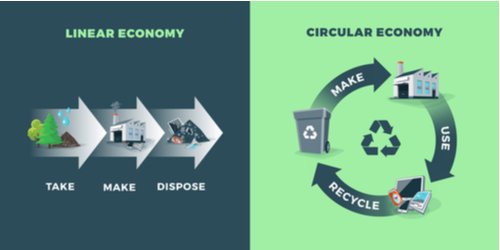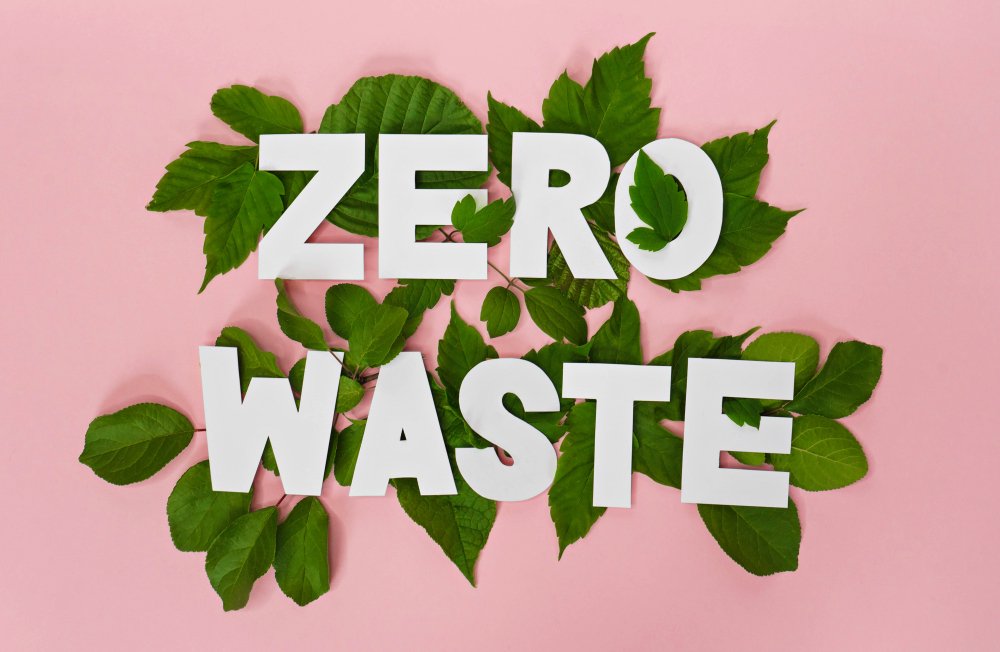
How many times have you stood in front of your wardrobe full of clothes, saying that you have nothing to wear?
You’re staring at a bunch of items that you’ve actually spent hard-earned money on, but thinking about buying more because you don’t have anything from the latest fashion runways.
Sound familiar?
It’s a daily issue for a lot of people, but is it really a problem? Are you one of those people who can’t wait for the next fashion trend to buy new clothes inspired by celebrity looks, or do you not care about such trivial things? Do you always buy brand-new clothes, or do you turn to used clothing every once in a while?
Your choice can have a significant impact on the environment. Sustainable practices are slowly gaining traction in the fashion industry, and every one of us has a part to play.
One of the best sustainable practices in fashion has to do with the circular economy. Let’s explore it in more detail and see how used clothing can contribute to it.
What Is the Circular Economy and Why Is It Important?
 A circular economy is a systematic approach to eliminating waste and reusing resources.
A circular economy is a systematic approach to eliminating waste and reusing resources.
It is designed to eliminate the so-called take-make-waste industrial model, which is linear in nature, and put into practice a circular model that will reduce the consumption of finite resources.
In fashion, this means eliminating fast-fashion practices and making way for green ones.
It means recycling clothes and keeping them in use instead of burning or otherwise disposing of them when they are no longer trendy.
Do you know what happens to every clothing item that you don’t properly dispose of, that is, recycle?
It ends up in a landfill. It sits in a landfill like a silent Earth assassin, polluting the soil until someone burns it and pollutes the air. Sounds quite horrible, doesn’t it?
That’s why the circular economy is the way to go. It can help save the planet by reducing textile waste and pollution, thereby also helping us leave much better and healthier lives.
Fast Fashion & Textile Waste and Pollution

Fast fashion makes it incredibly challenging to truly let the circular economy grow.
The fashion industry is constantly coming up with new trends and enticing people to buy new clothes inspired by celebrity looks. It compels them to stay up-to-date with the latest trends. Otherwise, they’re missing out.
But fast fashion is a huge environmental problem. It focuses on speed and low costs, which means poor quality. It means that most of the time, you’re buying something that won’t stand the test of time, which leads you to buy even more clothes. It’s a never-ending vicious cycle that’s tough to get out of.
What’s quite alarming is that you’re often buying clothes dyed with toxic chemicals that are hazardous both to your health and the environment (washing them pollutes the water).
The New Textiles Economy
Did you know that the fashion industry is the second most polluting industry in the world? It ranks just behind the oil industry. Pretty alarming!
According to the New Textiles Economy: Redesigning Fashion’s Future report published by the Ellen MacArthur Foundation, the fashion industry produces 10% of all carbon emissions across the globe, which is more than maritime shipping and international flights combined.
Up to 85% of textiles go to landfill every year. Think of a huge garbage truck full of clothes dumping clothing items on a landfill every second, and you’ll have an idea of just how much that is.
Fast fashion consumes an immense amount of global water supply. The report shows that it is the second-largest consumer of water on the planet. The 700 gallons necessary for making one cotton shirt could provide one person with 8 cups of water a day for 3 ½ years. The 2000 gallons needed for making one pair of jeans could provide you with enough drinking water for a decade!
Let that sink in.
The fashion industry also severely pollutes rivers and oceans. We can thank it for 20% of all industrial water pollution in the world. The main reason is all the textile dyeing and its water leftover being dumped into streams and rivers before it eventually finds its way into oceans.
Furthermore, 500000 tonnes of microfibres are released annually into the oceans due to the washing of clothes, which is the amount equivalent to 50 billion bottles of plastic.
That’s is because fast-fashion garments often contain microfibres with various toxic chemicals, precisely because of all the used dyes. Many of those chemicals are bio-accumulative. They also often contain microplastics that are not biodegradable. As per the report, those make up 31% of plastic pollution in the ocean.
Used Clothing for a Sustainable Future
Used clothing can help solve all these horrific problems.
It can eliminate the take-make-waste industrial model and make way for a new textile economy that leverages the circular model. This is simply because it encourages buying used clothes and reusing the finite resources instead of creating waste that damages the environment.
Some major fashion brands are already harnessing the power of the circular economy, but quite a lot of them still need to follow suit.
We are sincerely hoping that they will. Until then, Patagonia, Dyecoo, The North Face, Nike, Adidas, H&M, Tommy Hilfiger, and Gap Inc. are leading the way.
Luckily, the blockchain technology is bringing transparency and full visibility into the supply chain, which inspires a growing number of retailers to disclose where, how, and who is making their clothes. This further eliminates unethical and unhealthy methods and opens the door to sustainable practices.
Other practices to combat fast fashion include:
 donating used clothing to charities or thrift stores
donating used clothing to charities or thrift stores- buying secondhand clothing in thrift stores
- buying vintage clothing
- repurposing clothing
Your role doesn’t have to mean much time, effort or money to play a big part in the circular economy of fashion.
How Can You Get Involved in Sustainable Fashion?
What about you?
Are you doing your part in protecting the environment by recycling and reusing your clothes?
Or are you still following the latest fashion trends and contributing to the growth of fast fashion? Hopefully, you’re all in for used clothing and a better future.
Let’s all follow a new hot trend – being green. Let’s save our home planet and build a sustainable future together. It’s really not all that difficult.
Contact us today to find out more.
 donating used clothing to charities or thrift stores
donating used clothing to charities or thrift stores





